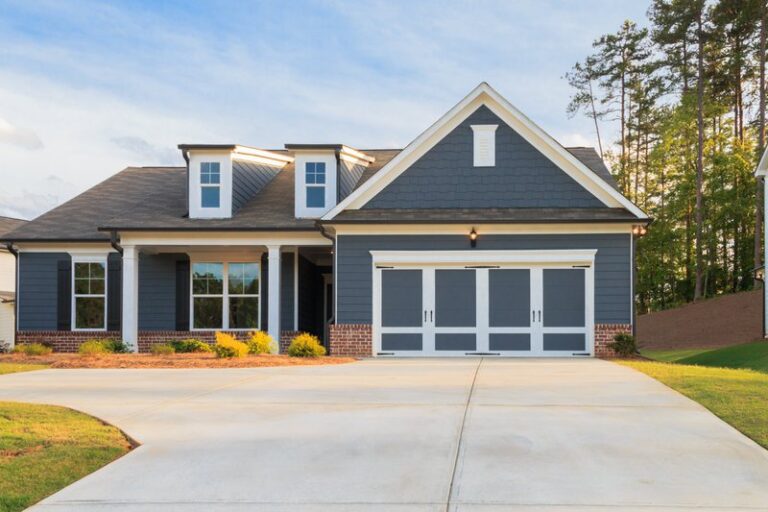Green Energy Strategies for a Typical American Household

Upgrade to energy-efficient appliances with ENERGY STAR certification. These appliances are designed to consume less energy without compromising performance. Replacing older models with modern, efficient alternatives can result in substantial energy savings over time.
LED Lighting: Switch from traditional incandescent bulbs to energy-efficient LED lighting. LEDs use significantly less energy, last longer, and emit less heat, contributing to both energy and cost savings.
Smart Thermostats: Install a smart thermostat to regulate heating and cooling based on occupancy patterns. These devices learn your preferences and adjust temperatures accordingly, optimizing energy use and reducing wastage.
Insulation and Weatherization: Improve home insulation and seal gaps to prevent heat loss during winter and heat gain during summer. Proper insulation and weatherization reduce the need for excessive heating and cooling, resulting in lower energy bills.
Renewable Energy Sources: Consider installing solar panels on your roof to generate clean, renewable energy. Solar power systems can provide a substantial portion of your electricity needs and may even allow you to sell excess power back to the grid.
Energy-Efficient Windows and Doors: Upgrade to energy-efficient windows and doors that provide better insulation and reduce drafts. This helps maintain a comfortable indoor temperature, reducing the need for heating or cooling.
Energy-Saving Landscaping: Strategically plant trees and shrubs around your home to provide natural shade during summer and windbreaks during winter. Landscaping can play a significant role in reducing energy consumption for heating and cooling.
Water Heating Efficiency: Lower your water heater temperature to 120°F (49°C) and insulate the tank to reduce heat loss. Using cold water for laundry and adjusting shower habits can also contribute to energy savings.
Efficient Water Use: Fix leaks promptly, install low-flow faucets and showerheads, and consider upgrading to a water-efficient toilet. These measures reduce water heating requirements and overall consumption.
Energy Audit: Conduct a professional energy audit of your home to identify areas of energy waste and receive personalized recommendations for improvement. An energy audit can help prioritize actions for maximum impact.
Smart Power Strips: Use smart power strips to prevent standby power consumption by automatically turning off electronics when they’re not in use. Many devices continue to draw power even when turned off, contributing to unnecessary energy use.
Sustainable Transportation: Consider electric or hybrid vehicles for transportation. If feasible, use public transportation, carpool, bike, or walk to reduce fuel consumption and emissions.
Reduce, Reuse, Recycle: Practicing the three Rs minimizes the energy used in producing and disposing of goods. Recycling and repurposing materials reduce the demand for energy-intensive manufacturing processes.
Behavioral Changes: Simple actions like turning off lights when not needed, unplugging chargers, and using energy-intensive appliances during off-peak hours can collectively make a noticeable impact on energy consumption.
Education and Advocacy:
